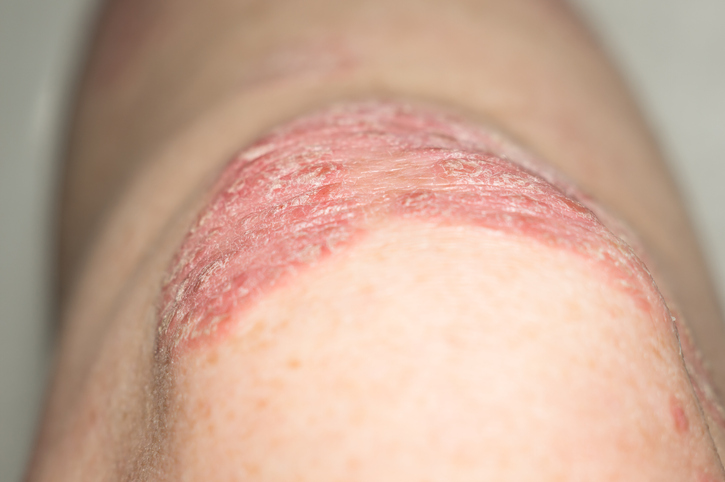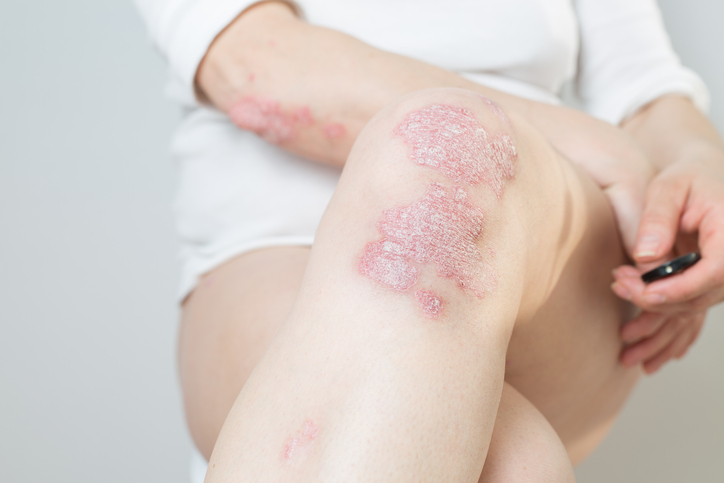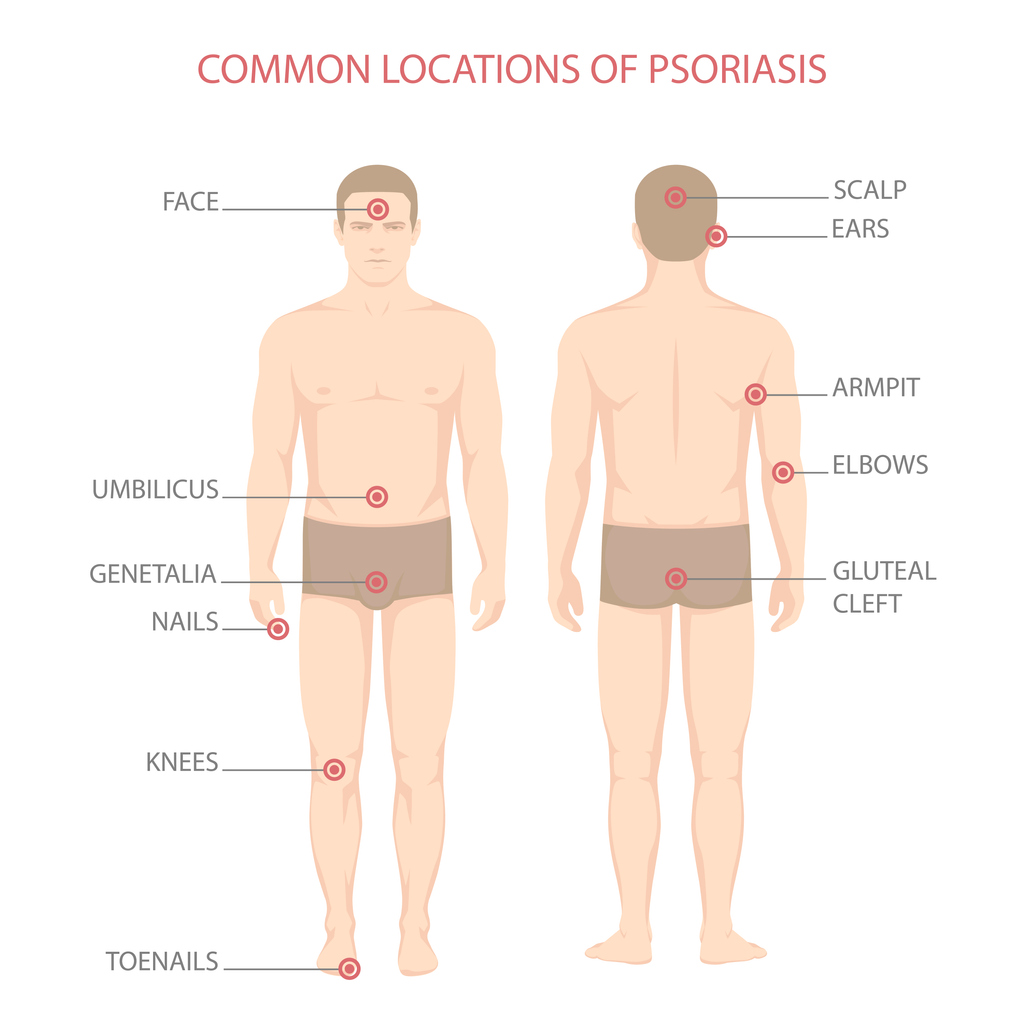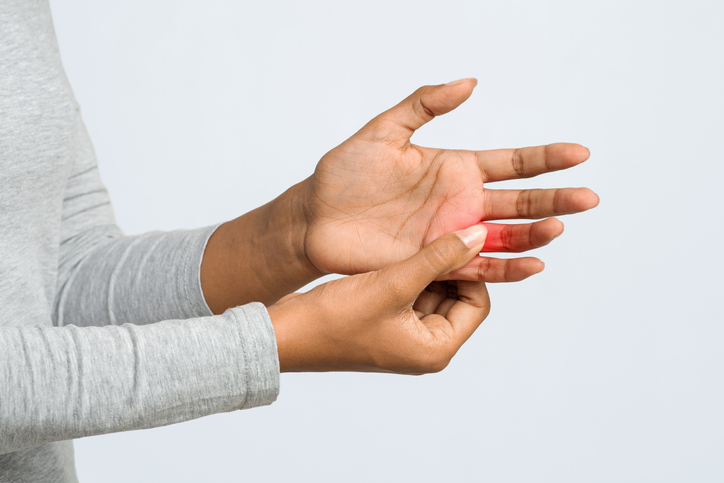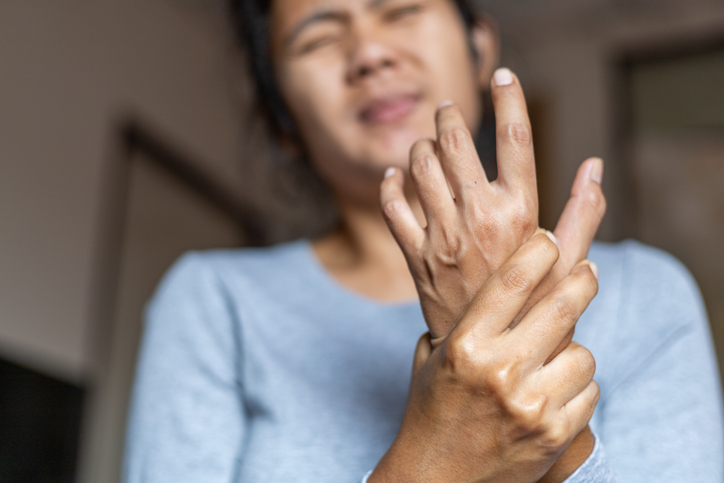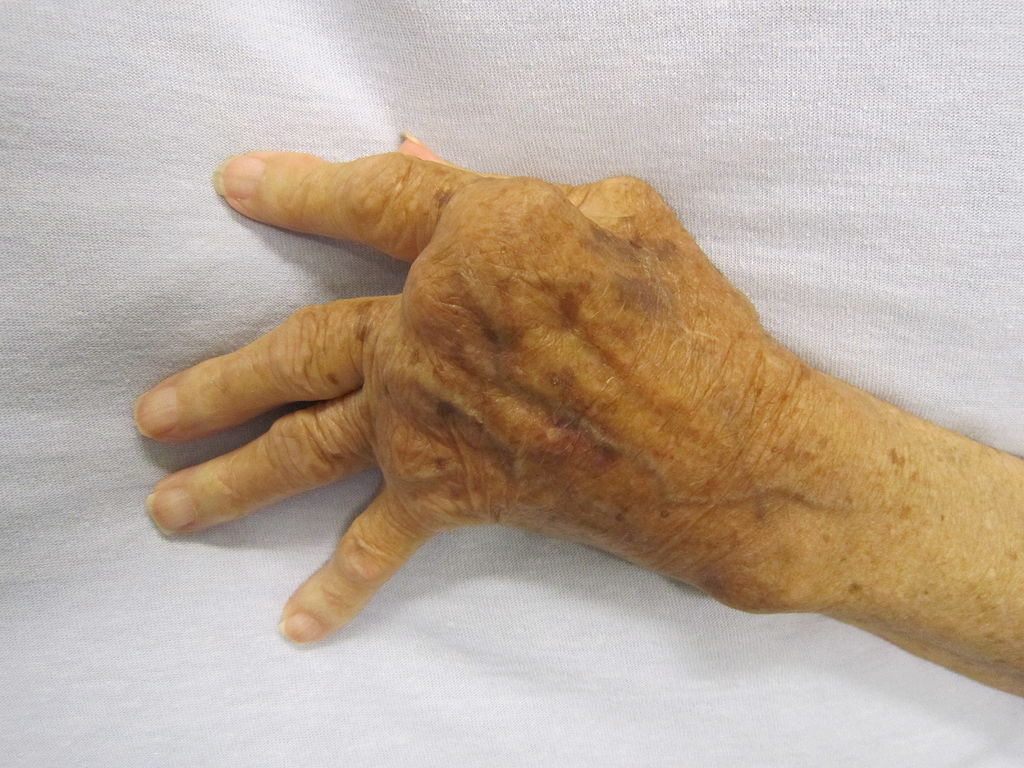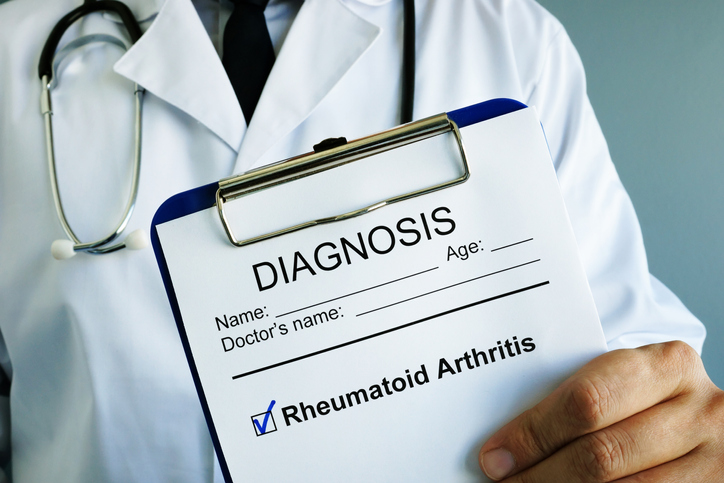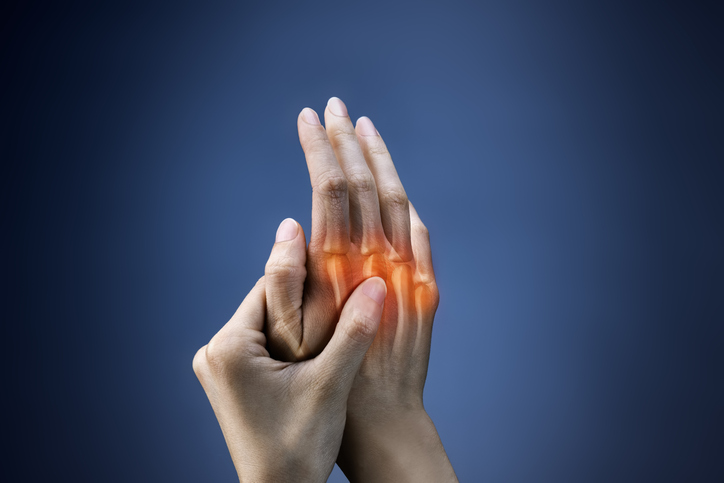Pain
Conventional Treatments for Psoriatic Arthritis (PsA)
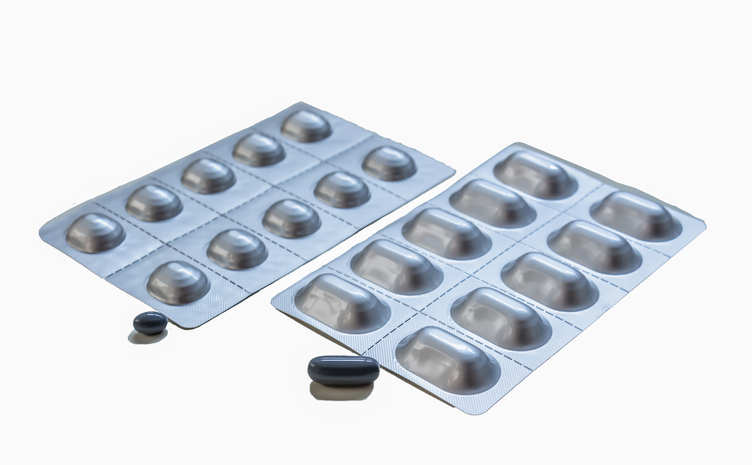
What is psoriatic arthritis?
Psoriatic arthritis (PsA) is a form of inflammatory arthritis that can occur with the skin condition psoriasis, a condition that causes red, itchy patches and silvery scales on the skin and scalp. PsA is a combination of the joint problems of arthritis and the skin issues of psoriasis. With PsA, the immune system mistakenly attacks healthy cells in the joints and causes overproduction of skin cells.
Treating psoriatic arthritis
The goal of treatment for psoriatic arthritis is to improve symptoms of joint inflammation and skin rashes. Conventional treatments include medications, physical therapy, and steroid injections.
Medications
A wide variety of medications are available to treat PsA. They include the following:
- Nonsteroidal anti-inflammatory drugs
Nonsteroidal anti-inflammatory drugs (NSAIDS) can reduce inflammation and relieve pain. Examples of NSAIDs are ibuprofen and naproxen. These medications are available over-the-counter or by prescription at higher strengths. - Disease-modifying antirheumatic drugs
Disease-modifying antirheumatic drugs (DMARDS) can slow the progression of PsA and prevent permanent damage. DMARDs include methotrexate, leflunomide and sulfasalazine. - Immunosuppressants
Psoriatic arthritis is caused by an overactive immune system; immunosuppressants can help calm the immune system response. Examples of immunosuppressants include azathioprine and cyclosporine. - Biologic agents
Biologic response modifiers work to calm specific parts of the immune system that cause inflammation. These medications include abatacept, adalimumab, etanercept and ustekinumab. - Apremilast
This medication works on an enzyme in the body that controls inflammation within cells. - Topical medications
Several topical medications are available to help relieve the itchy patches associated with psoriatic arthritis. These include anthralin, salicylic acid, and steroid creams. - Corticosteroids
Corticosteroids are anti-inflammatory medications that can be taken orally or injected directly into an affected joint.
Other treatments
Other treatments that can be used in conjunction with medications include the following:
- Physical therapy
Physical therapy can help reduce joint pain through strengthening and flexibility exercises, body manipulation, and education about assistive devices, such as braces or splints. - Light therapy
Psoriasis skin rashes can be treated using light therapy, which involves exposing affected areas of the skin to ultraviolet or laser light. - Surgery
In rare cases, when a joint is severely damaged by PsA, the joint can be replaced with a plastic, metal or ceramic joint to reduce pain and improve function.
A combination of medications and treatments is typically used to relieve psoriatic arthritis symptoms.


